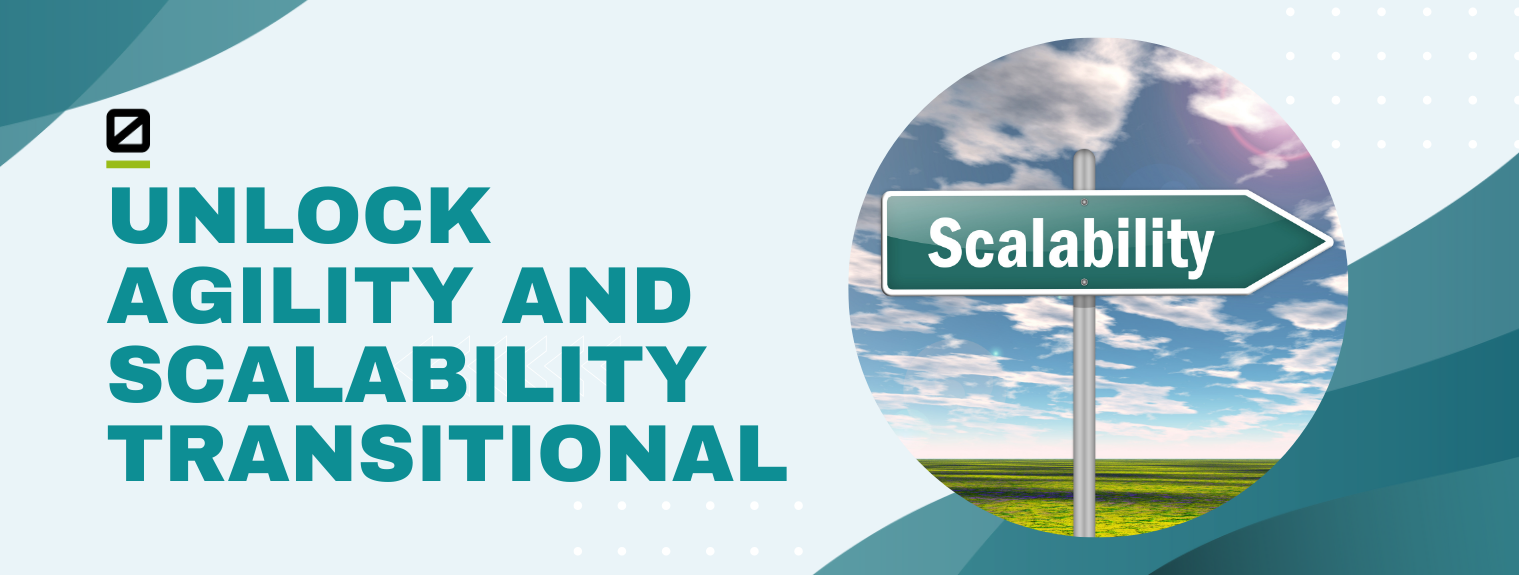
Overview
As you navigate the evolving landscape of software development, you understand the importance of agility, scalability, and resilience in meeting the demands of modern business environments. Whether you're a startup looking to scale rapidly or an established enterprise seeking to adapt to changing market dynamics, our software IT consulting expertise can guide you through the transition from monolithic to microservices architecture.
The objective is to transition from a monolithic architecture to a microservices architecture, unlocking agility, scalability, and resilience in software development and deployment. This transformation involves breaking down a monolithic application into smaller, independently deployable services, each focused on specific business functionalities. By embracing microservices, you can streamline development processes, improve system reliability, and accelerate innovation to stay ahead in today's competitive landscape.
Key Steps in Transitioning to Microservices
Assessment and Planning
Conduct a comprehensive assessment of your existing monolithic application to identify potential candidates for decomposition into microservices. Develop a roadmap and migration plan based on business priorities, technical feasibility, and risk assessment.
Decomposition
Identify cohesive business domains or functionalities within the monolithic application and decompose them into smaller, loosely coupled microservices. Define clear boundaries and interfaces between services to ensure modularity and independence.
Containerization and Orchestration
Containerize each microservice using Docker to encapsulate dependencies and ensure consistency across environments. Use Kubernetes or similar orchestration tools to manage and scale containers effectively, providing flexibility and resilience in deployment.
Service Communication
Implement robust communication mechanisms between microservices, such as RESTful APIs, gRPC, or message queues. Ensure fault tolerance and reliability by incorporating circuit breakers, retries, and timeouts into service interactions.
Data Management
Adopt a polyglot persistence approach, selecting the most suitable database technology for each microservice based on its data requirements and access patterns. Implement data replication and synchronization mechanisms where necessary to maintain data consistency across services.
Infrastructure as Code
Embrace Infrastructure as Code (IaC) principles to automate the provisioning and configuration of infrastructure resources, leveraging tools such as Terraform or AWS CloudFormation. Define infrastructure templates that can be version-controlled and reproducibly deployed.
Continuous Integration and Deployment
Implement CI/CD pipelines to automate the build, test, and deployment processes for microservices. Enable automated testing, code analysis, and quality assurance checks to ensure reliability and stability in the release process.
Tech Stack
To facilitate this transition, we propose leveraging a combination of modern technologies and frameworks, including Docker for containerization, Kubernetes for orchestration, and Spring Boot or Node.js for microservices development. Additionally, cloud-based services such as AWS, Azure, or Google Cloud Platform can provide scalable infrastructure and deployment options.
Development Process
Requirement Analysis
Conduct in-depth consultations to understand your specific business needs, pain points, and growth objectives.
Solution Design
Design a customized ERP solution tailored to your unique requirements, ensuring scalability, flexibility, and ease of use.
Development and Integration
Develop and integrate various modules and functionalities of the ERP software, ensuring seamless data flow and interoperability between systems.
Testing and Quality Assurance
Conduct rigorous testing of the ERP software to identify and address any bugs, errors, or performance issues, ensuring reliability and stability.
Deployment and Training
Deploy the ERP software in your retail environment, provide comprehensive training to users, and offer ongoing support and maintenance services.
Benefits of Microservices
Agility
Smaller, independent teams can develop, test, and deploy microservices autonomously, accelerating time-to-market and enabling rapid iteration and innovation.
Scalability
Microservices architecture allows for horizontal scaling of individual services based on demand, optimizing resource utilization and improving system responsiveness.
Resilience
Isolation of failures to individual services prevents cascading failures and allows for graceful degradation, enhancing overall system reliability and availability.
Flexibility
Microservices enable technology stack diversity, allowing teams to select the most appropriate tools and technologies for each service based on its requirements and constraints.
Conclusion
By transitioning from monolithic to microservices architecture, you can unlock agility, scalability, and resilience in software development and deployment. Whether you're embarking on a greenfield project or refactoring an existing monolithic application, our expertise in software IT consulting can guide you through this transformation, empowering you to stay ahead in today's fast-paced and competitive digital landscape. Let's embark on this journey together towards a future of innovation and success with microservices architecture.
